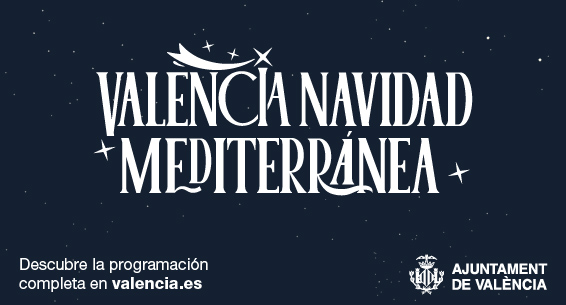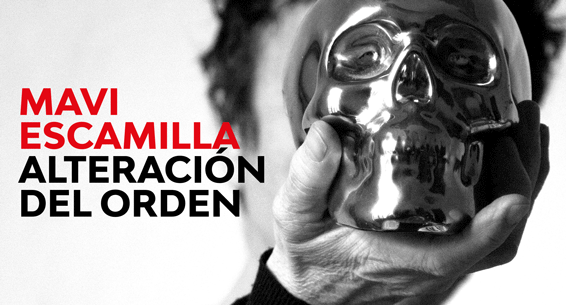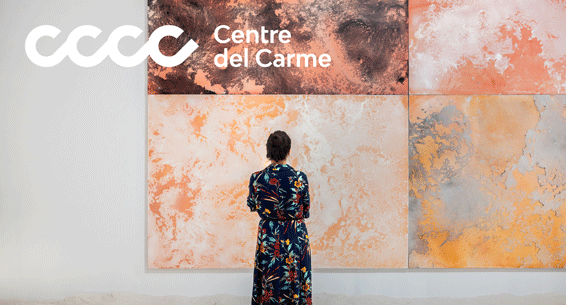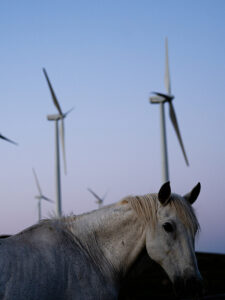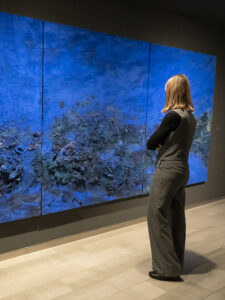UNTIL SUNDAY 10/9
VAT. Guillem de Castro, 118
Finalized the world capital of design in Valencia, IVAM remains committed to highlighting the benefits of design here and there. Last year brought us the work of two prominent Bauhaus figures such as Anni and Josef Albers, and recovered the graphic sphere of that Cod Route that turned the Saler highway into the headquarters of the Valencian counterculture. That exhibition titled Graphic route. Valencia sound design included the mythical logo of the ACTV nightclub that appears again in this exhibition because it bears the signature of La Nave, a Valencian group that from its warehouse 400 square meters of San Vicente street (hence its name) It became a reference for design in its few seven years of life at the end of the eighties., years in which the relationship between industry and design began to be consolidated in Spain. The ship 1984-1991 collects some of the most important works designed by this heterogeneous group, horizontal and anarchic that had among its ranks three National Design Awards still active: Dani Nebot (1995), Nacho Lavernia (2012) and Marisa Gallén (2019). There were eleven creatives who embraced collaboration, aesthetic openness and the European currents of the moment to configure images, Still today, modern ones that became part of our daily landscape. We talk about the EMT logos, the Botanical Garden, Railways of the Generalitat and the Generalitat Valenciana, among many others. Or the album cover Nitroglycerine of Social Security signed by Paco Bascuñán, Gallén's inflatables, the tourist signs of the AP-7, the Aphrodite fountain and the Alameda bench that populated the parks where we played in the nineties, and swimsuits, espadrilles, lamps, pens, vases… The drawback of the exhibition is that there is no original work and the justification given is that at that time, almost forty years ago, It was designed on paper with Rotring, squad, bevel and ruler, so much material has not been preserved. So great prints reign with the most iconic logos clean of dust and straw.
The commissioners, Nebot and Lavernia, They explained at a press conference that in those years everything had to be done to leave behind the grayness of Francoism. Saving honorable exceptions like those of Martínez Medina within the furniture sector, The industry had dedicated itself to copying or exploiting foreign licenses until it was forced to offer more than cheap prices to compete in European markets.. The postmodernist aesthetic had been established that wanted to overcome the rigid principles of Modern Style synthesized in the rejection of ornament and the maxim that form follows function.. There was enthusiasm to reach international level and daring and creativity were unleashed. According to Lavernia, Clients then were much braver than now and creatives worked more freely because marketing did not have as much weight over design as it does now.. The result is that today there is an abundance of short-term vision and a lack of ambition that dries up talent in projects that were neither successful nor successful., like the renovation of Plaza de la Reina. An ecosystem that in its “not bad” is mediocre because it illuminates few excellent projects, only achievable when the limits are pushed to place them on the edge that separates failure from the sublime. S.M.



